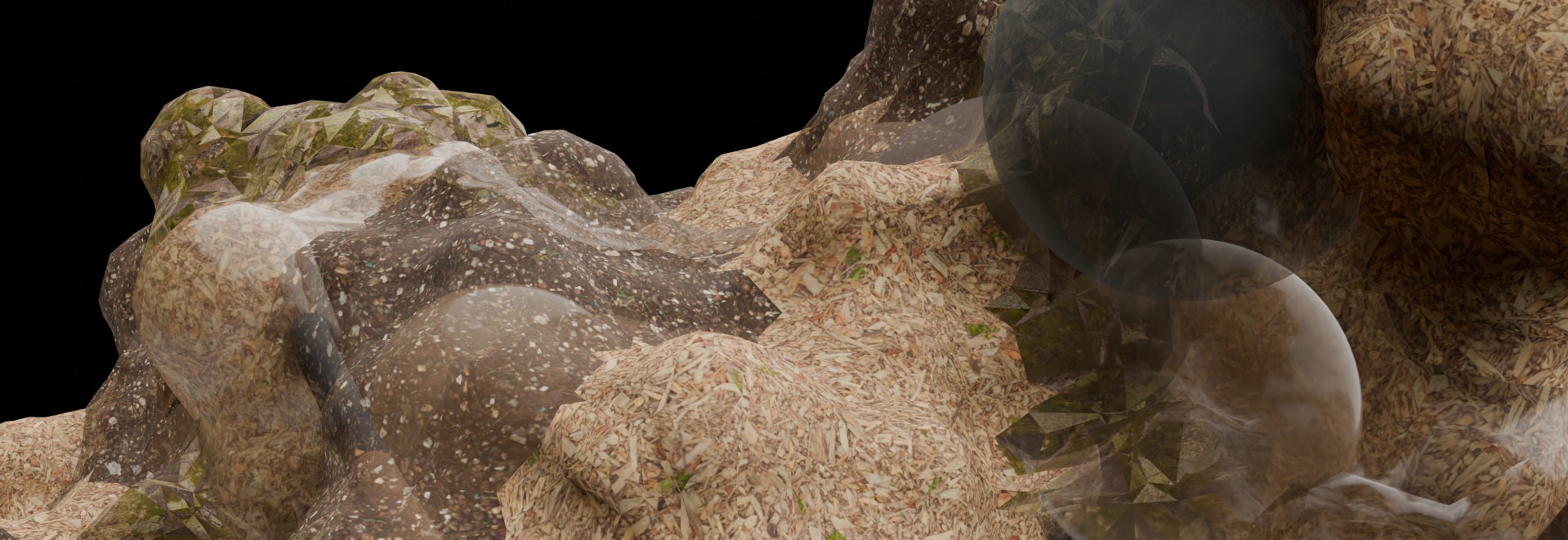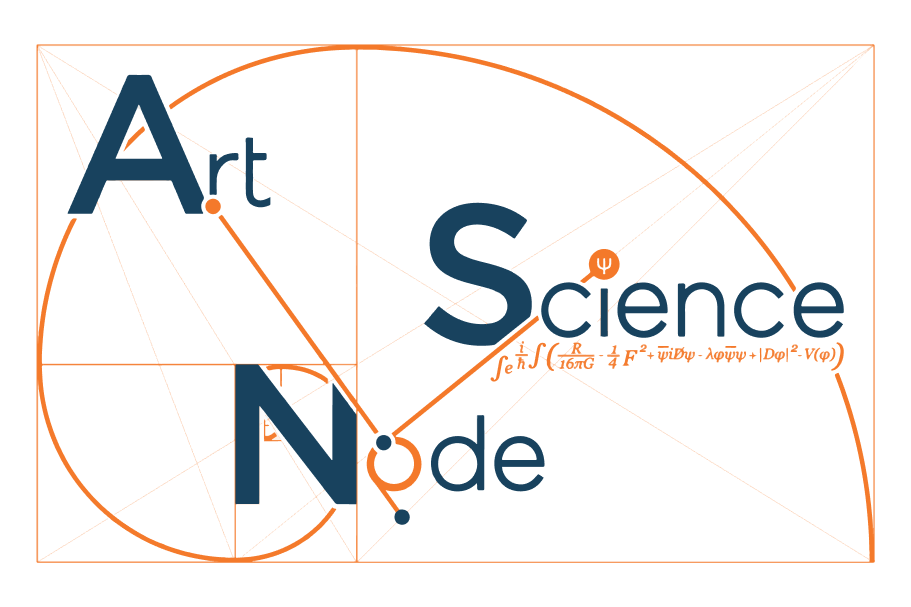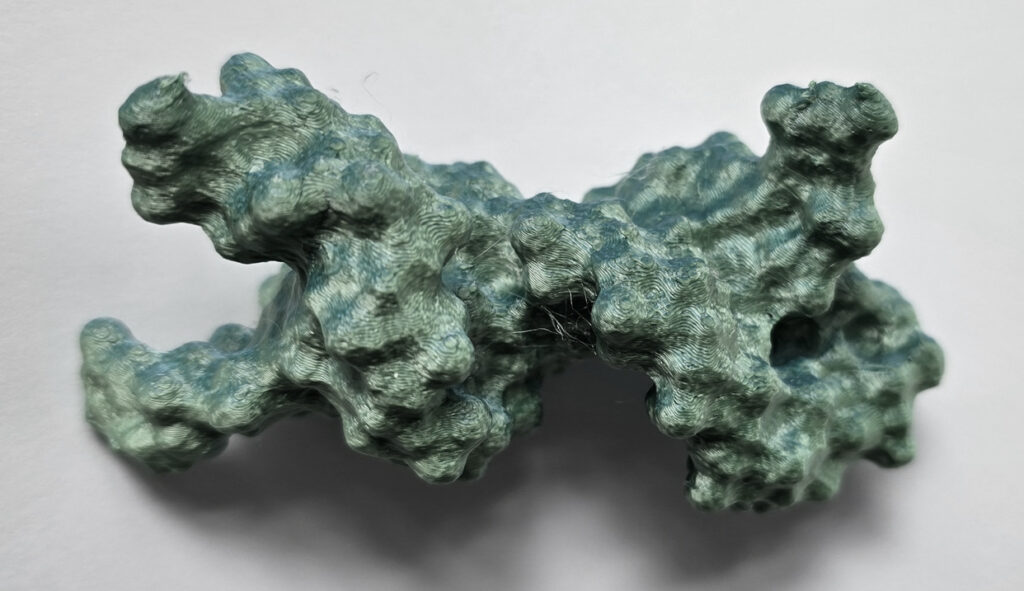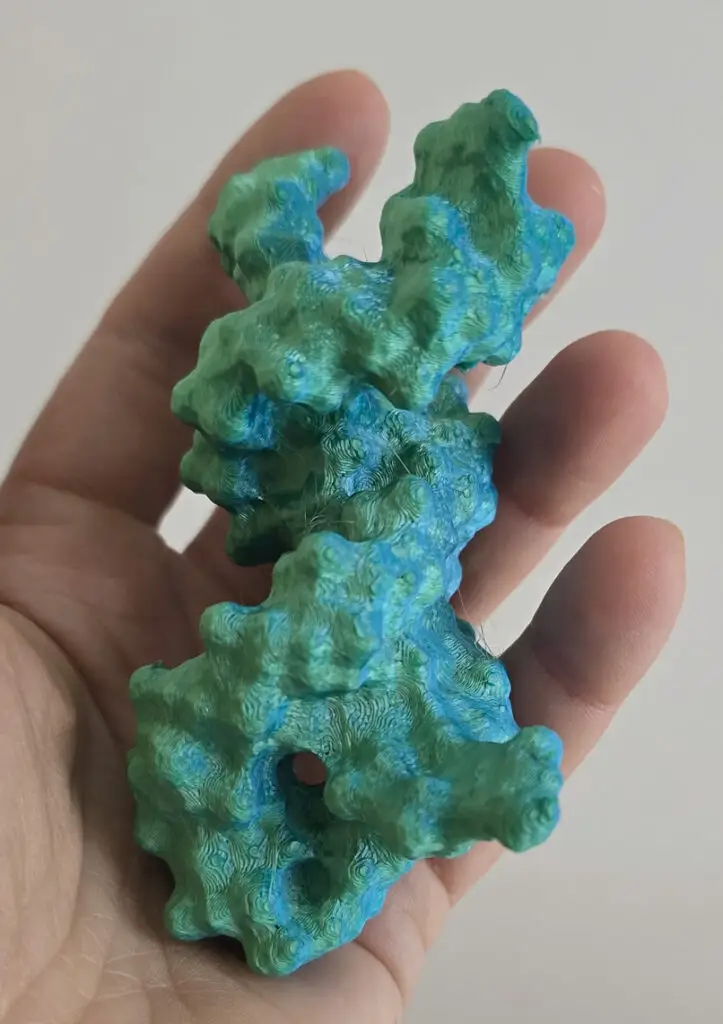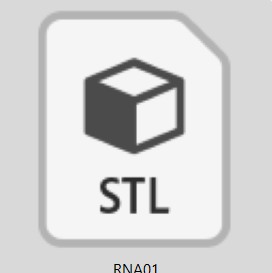
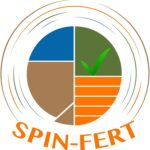
Art & Science project being developed by Joanna Hoffmann with the ASN Team in the frame of the SPIN-FERT / Horizon Europe (Misson Soil) program
As part of the 21st WRO Media Art Biennale, themed Qualia, the workshop “The Breath of Soil: Memory Nexus” offered participants an immersive exploration into the intersections of human memory, olfactory perception, and soil ecology. Led by multimedia artist and researcher Prof. Joanna Hoffmann, the session was a component of the broader SPIN-FERT project under the Horizon Europe “Mission Soil” program, aiming to enhance soil fertility and promote sustainable horticultural practices.
Participants engaged in a sensory exercise by smelling specially prepared garden soil samples provided by SPIN-FERT scientists (Enomondo & InHORT). They were then encouraged to document spontaneous memories, thoughts, or emotions elicited by the scents. These personal reflections were categorised into four thematic groups and compiled into a collective poem. This poem served as the conceptual foundation for designing a 3D model of an RNA molecule—a “memory molecule” representing the intricate relationship between human experiences and soil’s biological processes.
The workshop blended art and science, translating ephemeral human memories into tangible RNA structures. These 3D-printed models (using bio-plastic) were intended to be integrated back into the soil, where they would naturally decompose, symbolising the cyclical nature of memory and ecological processes. This act served as both a metaphor and a literal contribution to the soil’s nutrient cycle, reinforcing the interconnectedness of human narratives and environmental health.
An interactive archive of the RNA structures and associated memories provides a digital extension of the workshop’s themes and allows continued engagement with the project’s concepts.
Click on the circles to uncover the lingering echoes of the past.
This composition is built upon the intricate secondary structure of RNA, which, like DNA, is composed of four essential bases: adenine, uracil, cytosine, and guanine ( denoted by the letters A, U, C and G ). Each RNA molecule folds into a unique shape, a structure dictated by the specific sequence and pairing of these bases. The resulting shape is crucial, as it determines the RNA's function within the cell. The Memory Molecule No4: 5'- GCGCGAUCGCAGUAGCUUGCUAACGCU -3'
The soil sample was prepared by scientists from InHORT based in Skierniewice, Poland. For the sample, they used compost produced with an innovative method, combining wastes from agri-food industries. In particular, it included three kinds of raw materials: i)residues from wine production (grape pomace – formed of grape skin and seeds), after the extraction of the remaining alcohol (to produce grappa, the famous Italian distillate), ii) the residues from the transformation into preservatives or frozen food of fruits (apple pomace – the peel and exhausted flesh – from the production of juices) and vegetables (tomato or other vegetable peels), and iii) the material obtained from pruning grape vines (shoots and vines). These raw materials, characterised by high quality, not containing plastics or other impurities, were processed with an innovative composting technology, allowing them to be transformed into a pleasantly-smelling compost. Decay is a fundamental process in soil formation and maintenance. Composting is a form of controlled decay where organic waste is managed to produce a nutrient-rich amendment for soil.
memories samples
